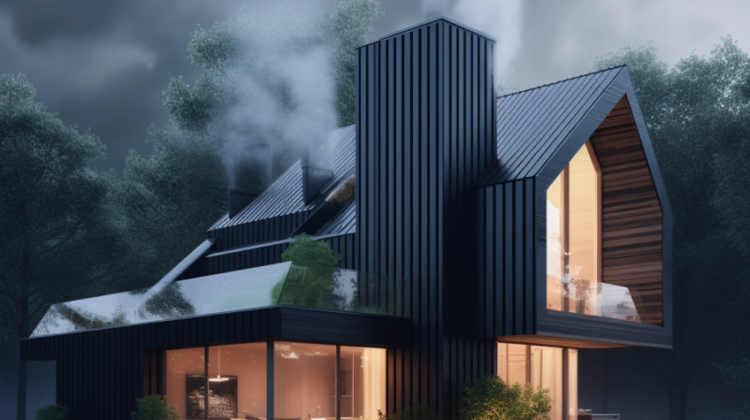
Proper roof ventilation is critical to maintaining a healthy and comfortable home. Without it, your home can become a breeding ground for various issues, ranging from excess moisture and mold growth to higher energy bills. In this article, we’ll explore the importance of roof ventilation and how you can prevent problems through effective and active measures.
Understanding the Role of Roof Ventilation
Roof ventilation plays a vital role in regulating your home’s temperature and humidity levels. During hot summer, a well-ventilated roof allows hot air to escape, preventing heat buildup in your attic and living spaces. In winter, proper ventilation helps to reduce condensation, preventing the formation of ice dams that can damage your roof and gutters. By maintaining balanced air circulation, roof ventilation also prolongs the lifespan of your roofing materials, saving you from costly repairs in the long run.
Identifying Common Roof Ventilation Problems
Before we delve into preventive measures, let’s discuss some common roof ventilation problems you may encounter:
a) Insufficient Ventilation: Many homes suffer from inadequate ventilation, leading to heat and moisture buildup. This can cause shingles to deteriorate prematurely and foster the growth of mold and mildew.
b) Blocked Vents: Debris, bird nests, and other obstructions can obstruct the free flow of air through vents, reducing their effectiveness.
c) Improper Ventilation Design: Some houses need better-designed ventilation systems that promote the necessary air exchange, causing stagnant air pockets.
Taking Action: Preventive Measures
a) Assess Ventilation Needs: Evaluate your home’s current ventilation system. Consult a professional roofing contractor to assess if the current ventilation meets the recommended guidelines for your specific climate and roof type.
b) Install Ridge Vents: Ridge vents are an excellent passive ventilation solution that runs along the roof’s peak. They allow hot air to escape naturally, promoting continuous airflow and preventing moisture buildup.
c) Add Soffit Vents: Pair ridge vents with soffit vents to create a balanced airflow system. Soffit vents are installed beneath the eaves, allowing cool, fresh air to enter the attic, pushing hot air out through the ridge vents.
d) Clear Debris Regularly: Keep an eye on your roof and regularly remove any debris or blockages that may accumulate on or near the vents. Trimming nearby trees can also prevent leaves from clogging the system.
e) Insulate Properly: Ensure your attic is adequately insulated to maintain a consistent temperature, preventing excessive heat transfer into living spaces and ice dams in colder climates.
f) Consider Solar-Powered Fans: You can install solar-powered attic fans for additional airflow assistance. These fans use solar energy to expel hot air, reducing the load on your air conditioning system and saving on energy costs.
g) Optimize Roof Color: If you plan to replace your roof, choose lighter-colored materials, as they reflect more sunlight, reducing heat absorption.
Regular Maintenance: The Key to Lasting Success
Installing a proper roof ventilation system is a fantastic start, but regular maintenance is equally crucial. Schedule annual inspections with a professional roofer to check for any signs of damage or deterioration in your vents. This proactive approach can help you catch potential problems before they escalate into costly repairs.
Roof ventilation is an essential aspect of home maintenance that should always be noticed. Addressing ventilation issues promptly and implementing preventive measures can ensure a cool, dry, and comfortable home environment while safeguarding your roof’s integrity for years. So, take the initiative today and prioritize roof ventilation in your home.
